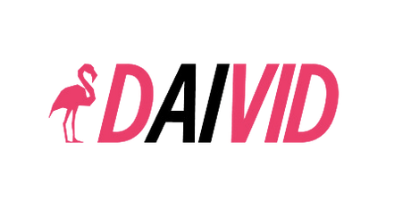The following is a guest post by Jay Friedman, president of Goodway Group. Opinions are the author's own.
In 1964, Marshall McLuhan published "Understanding Media" and changed the way we thought about media, coining the idea that "the medium is the message." And for the past 50 years, this theme has continued to dominate advertising. TV has sight, sound and motion. Outdoor billboards have sight — and limited sight at that — and so on. Ultimately, the message has to match the medium, but this evolves significantly with the proliferation and domination of digital media consumption.
Google shook the marketing industry after announcing its ad tools would no longer support the gathering of individual users' data across websites starting in 2022, raising a big question for brands on how they can approach multichannel campaigns. This, after 10-plus years of marketers trying to reach the holy grail of true one-to-one messaging in advertising.
Too often, marketers think about the channel or even the vendor first. Traditional offerings from Google, Facebook and other walled gardens become the cornerstone of a plan rather than thinking about the consumer first. Rather, marketers should look to build a model that goes beyond the medium and the message to match the new reality that digital created, which now encompasses audience, medium, moment, mindset and message.
Rethinking multichannel
All digital media can reach micro-audiences, even in a post-cookie world, so knowing your audience and buyer persona is more important than ever before. In order to successfully reach desired audiences, marketers must capitalize on good data to interact with consumers where they want to be reached. Knowing the audience is the cornerstone of a good media plan. Whether that audience is best reached via a walled garden, an independent publisher or via skywriting depends on the next four components.
Next, we focus on the moment and mindset duality. The person cooking dinner while watching CTV is in a different mindset and will absorb information differently from someone who is watching sports on a Sunday afternoon. The same goes for a person listening to a podcast or browsing a news site or social network. The medium also includes the ad format. Instagram and CTV ads are full-screen, but other formats are not.
Channel is a strong force in shaping message, and vice versa
With the audience, moment and mindset duality understood, we now need to consider how strongly we let the channel drive the message or vice versa. The audience, moment and mindset may lead us to elevator video advertising, but if the message that will best help the consumer connect with the brand isn't a fit for that channel, we need to rethink. This can feel like a chicken and egg scenario, but I prefer to think about it as one foot in front of the other. It matters less about the foot we start with and more that both feet arrive at the same place, safely!
Why channel often comes before message
As mentioned, whether channel or message comes first is a fair debate. However, in today's fractured media landscape, nearly every campaign is multichannel, and often live in enough channels to easily require 10, sometimes 100 different message formats. When this is the case, message often needs to be broken into components or stages for a campaign, and different channels play different roles. Does this mean we need hundreds of messages per campaign that take all of these factors into account? Probably. But it also depends on how effective you want your campaign to be. As marketers, there are three key things you can do to change this mindset.
First, work backward. What mindset do your prospective customers need to be in to best receive your message? "All drinks are $1 at McDonald's" could be communicated in many ways, but a new prescription drug requires fuller attention and more time and space.
Next, measure total results. There exists an optimal amount to spend on strategy, creative, analytics and media in any given campaign. In some cases, creative may be optimized at 10% of total spend, while in others, it might be optimized as 50% of the budget to achieve great results. Achieving high amounts of working media dollars doesn't do anything if the strategy and the creative are off and if the insights don't help the marketer improve.
Last but not least, test small and constantly. It's unlikely you will get the audience, medium, moment, mindset and message formula perfect on the first try. But you must develop the habit of constantly testing and improving to make the entire budget work harder.
The future of multichannel
The marketing industry as a whole is facing a time of upheaval based on ad tool changes put forth by players such as Google. But in order to successfully navigate these changes, marketers must stay agile in their thinking.
The cornerstone of marketing is still the customer and how we connect them with brands they love. Channels and vendors that reach billions of people would rather we start with them, but marketers who pivot their multichannel approach to align with thinking through this pyramid will ultimately be the ones who succeed as the industry finds its new normal.






















